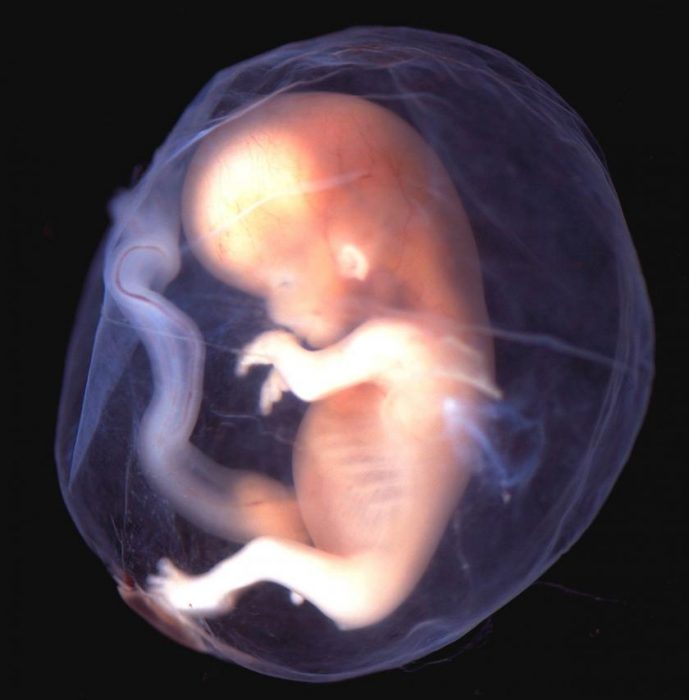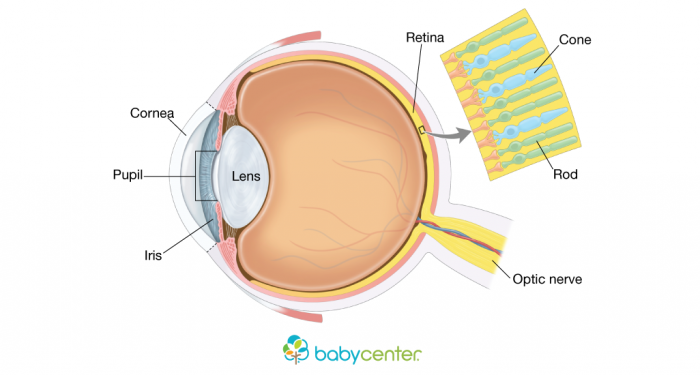A study has given more details confirming the status of unborn babies as a being who shouldn’t be viewed as anything other than a child.
By the second trimester, unborn babies can already detect light.
When a fetus is growing, the optic nerve is one of the first parts of the ocular system to start developing. During the fourth week of pregnancy, cells from the developing brain tissue start to form two optic nerves. Other cells also start developing into what will become the lens of the eye, which help babies focus on things both far and near.
“In the developing eye, perhaps 3% of ganglion cells — the cells in the retina that send messages through the optic nerve into the brain — are sensitive to light and, to date, researchers have found about six different subtypes that communicate with various places in the brain,” Science Daily explained.
“Some talk to the suprachiasmatic nucleus to tune our internal clock to the day-night cycle. Others send signals to the area that makes our pupils constrict in bright light.”
Science Daily also noted: “UC Berkeley graduate student Franklin Caval-Holme combined two-photon calcium imaging, whole-cell electrical recording, pharmacology and anatomical techniques to show that the six types of ipRGCs in the newborn mouse retina link up electrically, via gap junctions, to form a retinal network that the researchers found not only detects light, but responds to the intensity of the light, which can vary nearly a billionfold.
”
UC Berkeley professor of molecular and cell biology Marla Feller also wrote in Current Biology: “Given the variety of these ganglion cells and that they project to many different parts of the brain, it makes me wonder whether they play a role in how the retina connects up to the brain.
“Maybe not for visual circuits, but for non-vision behaviors. Not only the pupillary light reflex and circadian rhythms, but possibly explaining problems like light-induced migraines, or why light therapy works for depression.”
She continued: “We thought they (mouse pups and the human fetus) were blind at this point in development.
We thought that the ganglion cells were there in the developing eye, that they are connected to the brain, but that they were not really connected to much of the rest of the retina, at that point. Now, it turns out they are connected to each other, which was a surprising thing …
“In the past, people demonstrated that these light-sensitive cells are important for things like the development of the blood vessels in the retina and light entrainment of circadian rhythms, but those were kind of a light on/light off response, where you need some light or no light. This seems to argue that they are actually trying to code for many different intensities of light, encoding much more information than people had previously thought.”
Feller added: “In conclusion, we have provided a complete characterization of encoding of ambient light in the neonatal retina and reveal for the first time that gap junction coupling significantly contributes to the heterogeneity of ipRGC light responses. The strength of gap junction coupling is modulated by dopamine, providing a powerful source of modulation of light responses prior to maturation of intraretinal circuits.”
What are your thoughts on this? Let us know in the comments section and SHARE this post with your family and friends!
Replaced!







